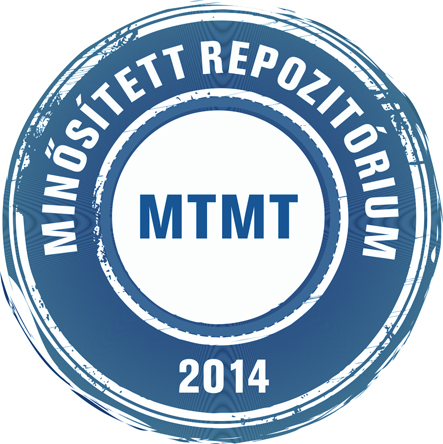Ruvalcaba Mercado Jesus: Maíz, agaves y abejas comunes a mayas y teenek. In: Acta hispanica, (26). pp. 27-41. (2021)
|
Cikk, tanulmány, mű
hispanica_026_027-041.pdf Letöltés (286kB) |
Absztrakt (kivonat)
La población teenek de la Huasteca y la maya de la península de Yucatán, ambas de la familia lingüística protomaya, ocupan los extremos opuestos del Golfo de México y a pesar de tantos cambios y problemas mantienen la producción del sistema agrícola de roza con el fin primordial de cultivar maíz y otros alimentos básicos como frijol, yuca, calabaza, chile y camote para el consumo familiar. Con todas sus similitudes también hay cuestiones que los diferencian. El objetivo no es compararlos en todos sus aspectos, sino solamente enmarcar y tratar de explicar cómo es que comparten una raza específica de maíz, la utilización de dos parientes cercanos de la familia agavaceae y el aprovechamiento variado de la miel de la abeja americana (melipona). Las referencias a otros temas como la organización del trabajo, los instrumentos agrícolas (la tecnología), su eficiencia, rendimientos agrícolas, medidas y usos conforman el contexto del problema. Los datos referentes a la Huasteca los obtuve durante el trabajo de campo y de la literatura existente, los referentes a los mayas provienen exclusivamente de otros autores que han escrito sobre el tema. The Teenek people of the Huasteca and the Maya people of the Yucatán peninsula, both belonging to the Protomaya linguistic family, occupy opposite ends of the Gulf of Mexico and despite many changes and problems they maintain the production of slash-and-burn agricultural system with the primary purpose of growing maize and other staple foods such as beans, yucca, squash, chili and sweet potato for family consumption. Although all their similarities, there are also issues that differentiate them. The aim is not to compare them in all aspects, but only to frame and try to explain how they share a specific breed of maize, the use of two close relatives of the Agavaceae family and the varied use of the honey of the American bee (Melipona). References to other topics such as work organisation, agricultural implements (technology), their efficiency, agricultural yields, measurements and uses form the context of the problem. The data concerning the Huasteca were obtained during fieldwork and from existing literature while those concerning the Maya come exclusively from other authors who have written on the subject.
| Mű típusa: | Cikk, tanulmány, mű |
|---|---|
| Rovatcím: | Estudios culturales e históricos |
| Befoglaló folyóirat/kiadvány címe: | Acta hispanica |
| Dátum: | 2021 |
| Kötet: | 26 |
| ISSN: | 1416-7263 |
| Oldalak: | pp. 27-41 |
| Nyelv: | angol , spanyol |
| Kiadó: | Universidad de Szeged, Departamento de Estudios Hispánicos |
| Kiadás helye: | Szeged |
| Befoglaló mű URL: | http://acta.bibl.u-szeged.hu/74669/ |
| DOI: | 10.14232/actahisp/2021.26.27-41 |
| Kulcsszavak: | Kukoricatermesztés, Mezőgazdaság története - Mexikó, Maják - néprajz |
| Megjegyzések: | Bibliogr.: p. 39-41. ; összefoglalás spanyol és angol nyelven |
| Szakterület: | 05. Társadalomtudományok 05. Társadalomtudományok > 05.04. Szociológia 06. Bölcsészettudományok 06. Bölcsészettudományok > 06.01. Történettudomány és régészet |
| Feltöltés dátuma: | 2022. már. 30. 11:51 |
| Utolsó módosítás: | 2022. júl. 20. 11:46 |
| URI: | http://acta.bibl.u-szeged.hu/id/eprint/74759 |
 |
Tétel nézet |



